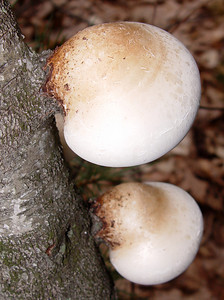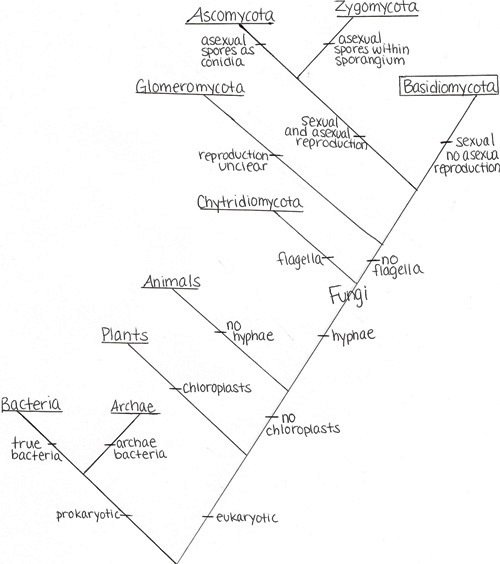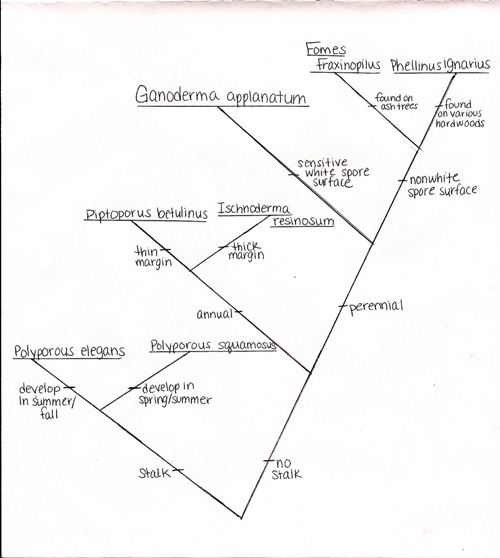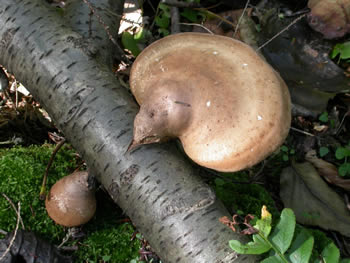Identification


Piptoporus betulinus is a shelf like fungus that grows only on dead or dying birch trees. Distinguishing features include coloration from whitish, tan, brown, and even a darker smoke color. The shape resembles a hoof or kidney shape with blunted edges. The texture is tough and fleshy when young and rigid or firm when mature and dry. The size of the fungus varies from three to fifteen centimeters long and wide and about one to five centimeters thick. One unique feature for identification would be the short stipe at which the fungal body attaches to the tree. Pores of this fungus are short, small, whitish, and unequally circular approximately three to four per millimeter. Piptoporus betulinus is considered an annual fungus. The fruiting body can be seen overwinter, however, insects typically consumer most fruiting bodies.
Piptoporus betulinus has a slightly bitter taste and is typically only edible when the fruiting body is young while the mycelium has been reported to smell like green apples.
Phylogenetic Tree #1
 Phylogenetic
Tree Created by Rachel Ross
Phylogenetic
Tree Created by Rachel Ross
The first phylogenetic tree demonstrates the separation between the of species in the world morphologically. This tree starts at the separation of Prokaryotic organisms which includes bacteria and archea; and Eukaryotic organisms which includes plants, animals, and fungi. Piptoporus betulinus is eukaryotic, has no chloroplasts, has hyphae, does not have flagellated sperm for reproduction, and only produces sexually.
Phylogenetic Tree #2
 Phylogenetic
Tree Created by Rachel Ross
Phylogenetic
Tree Created by Rachel Ross
The second phylogenetic tree is depicting various species of polypore fungus morphologically. Polypore's are separated based whether they posses a stalk attaching them to the substrate or not. Piptoporus betulinus has no stalk and only grows for one season, completing the lifecycle.
Back to Distribution
How does Piptoporus betulinus eat? Find out here Nutrition

